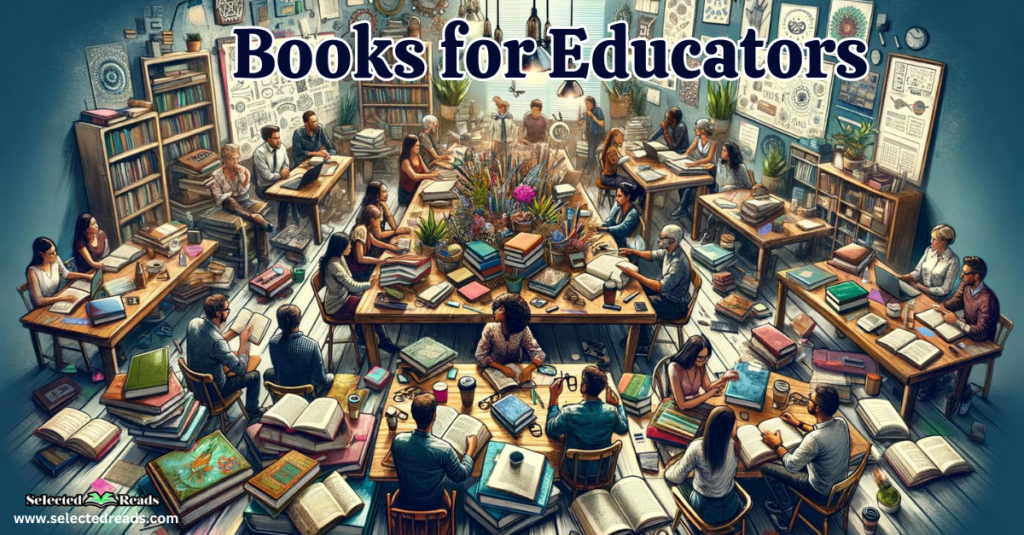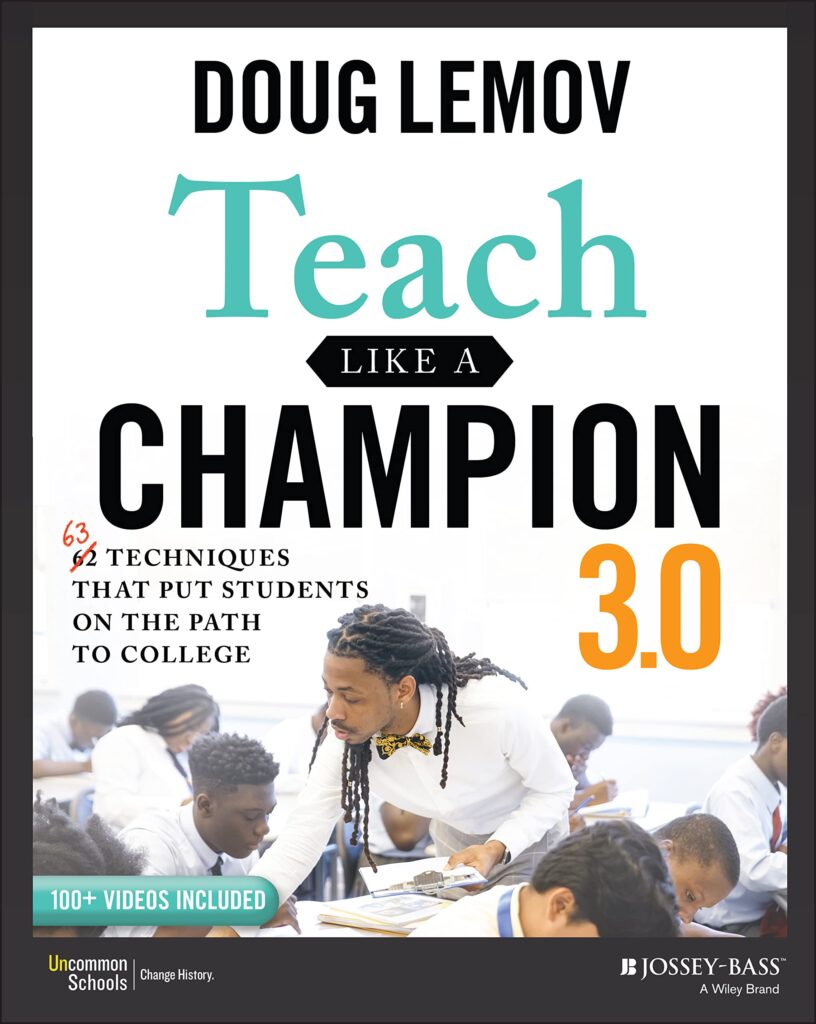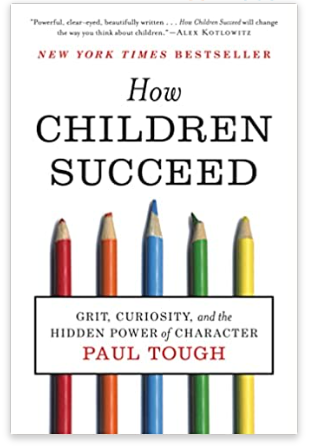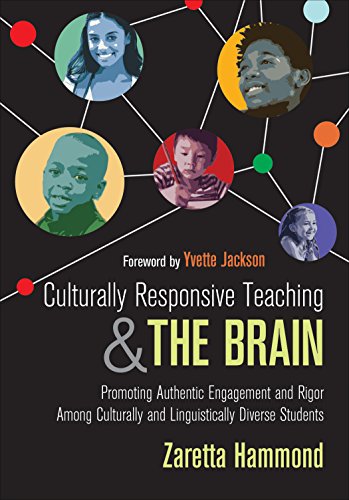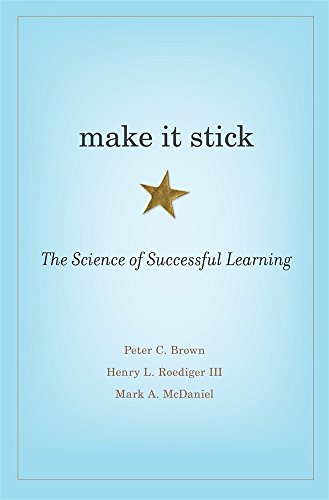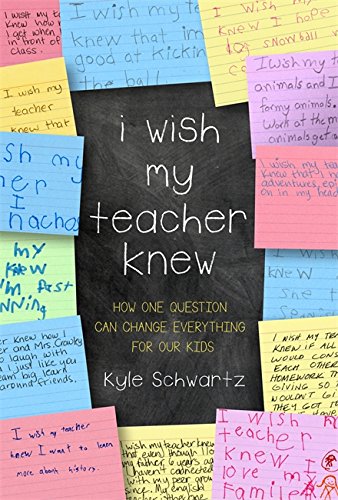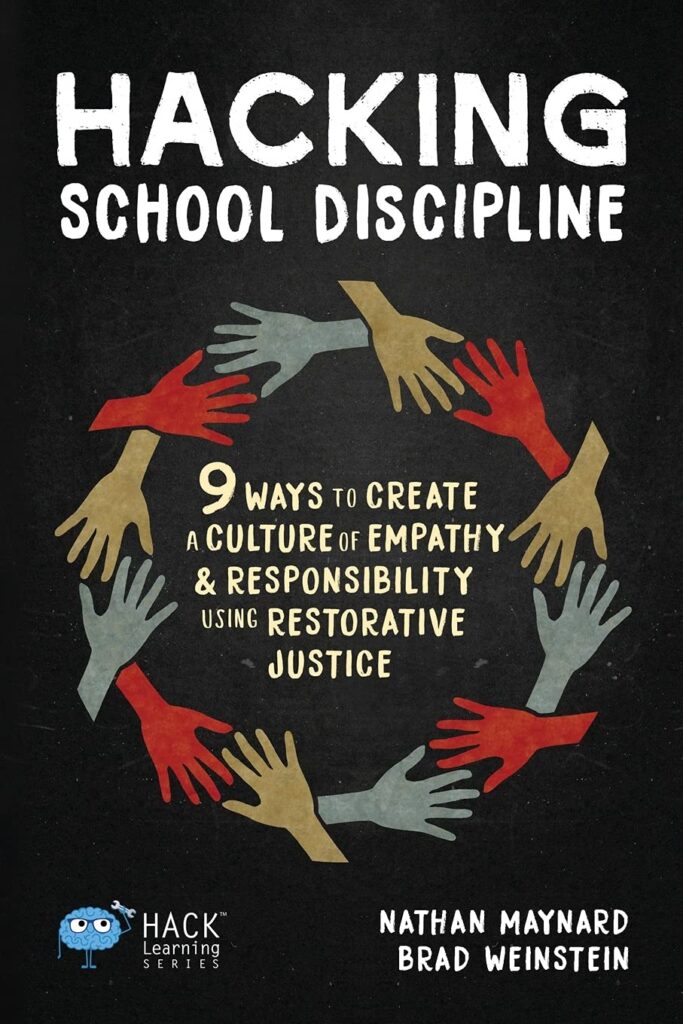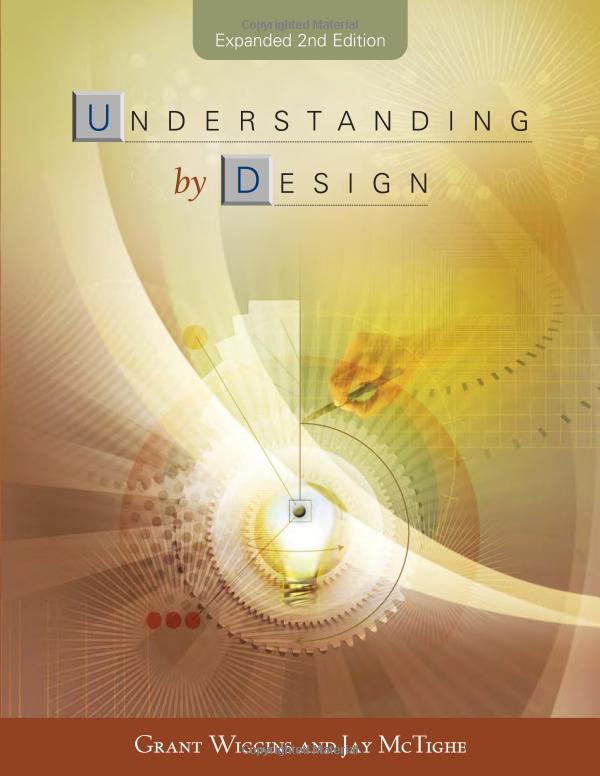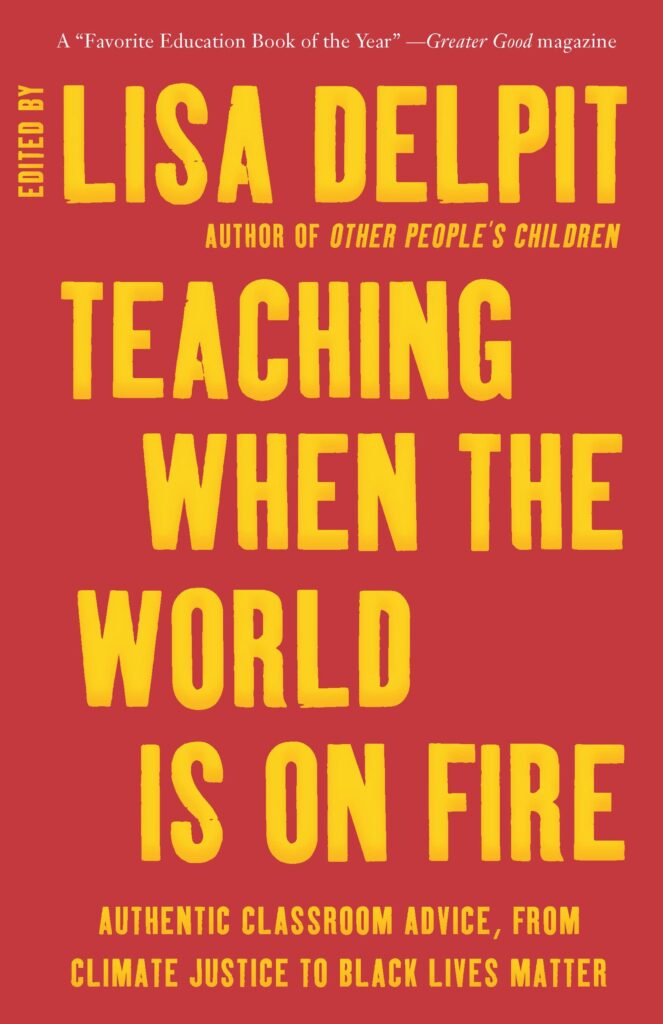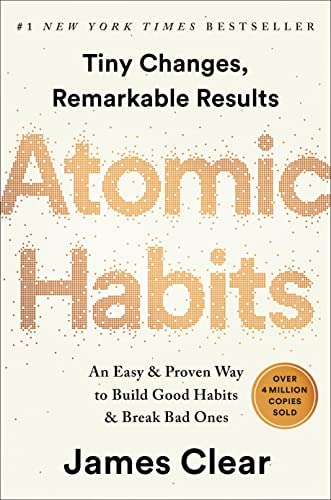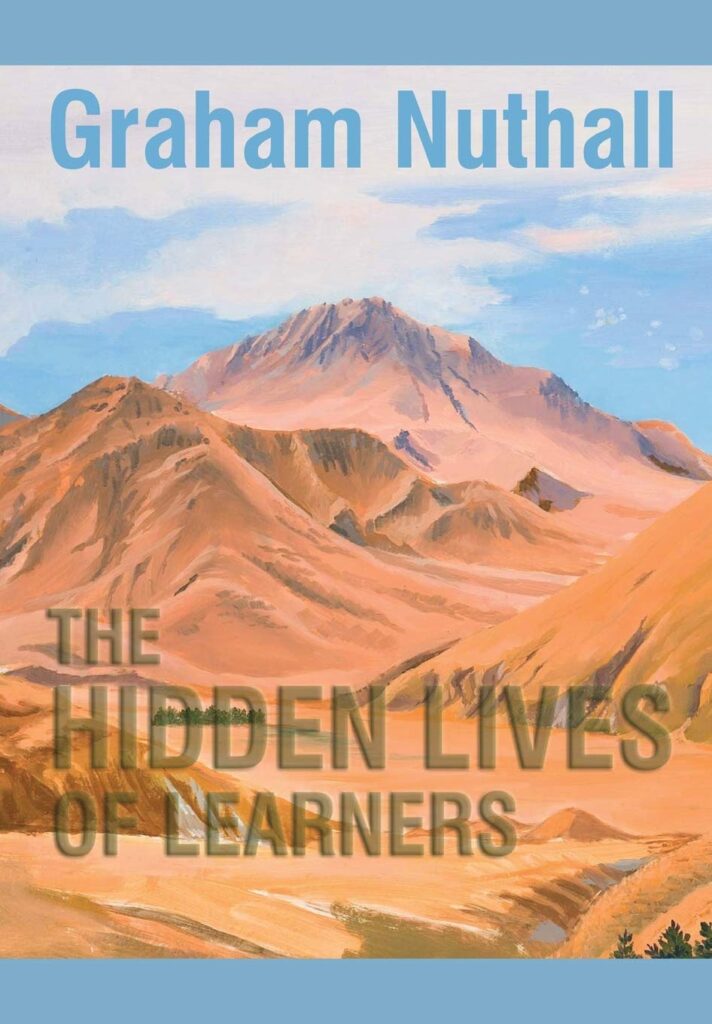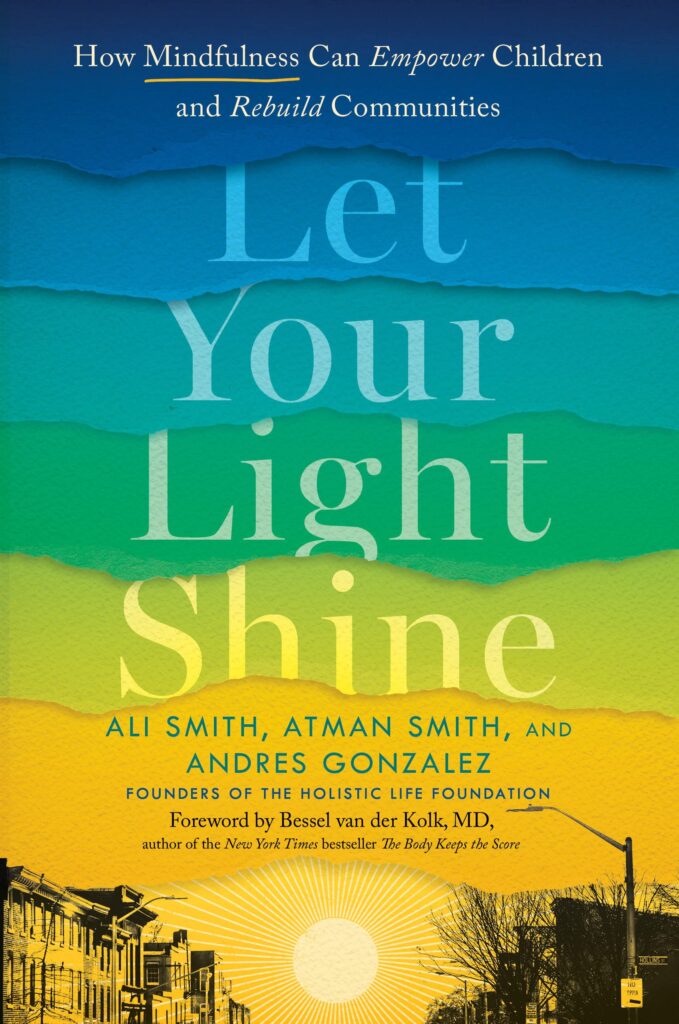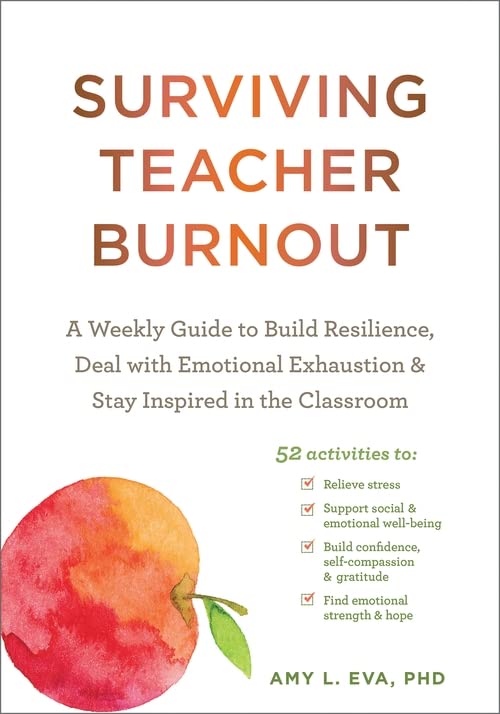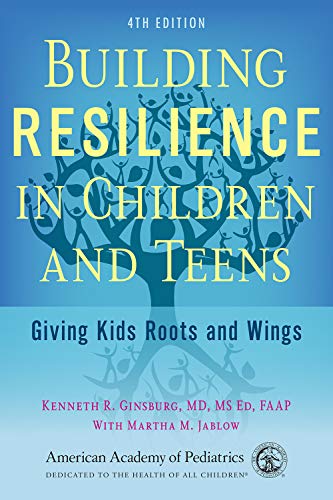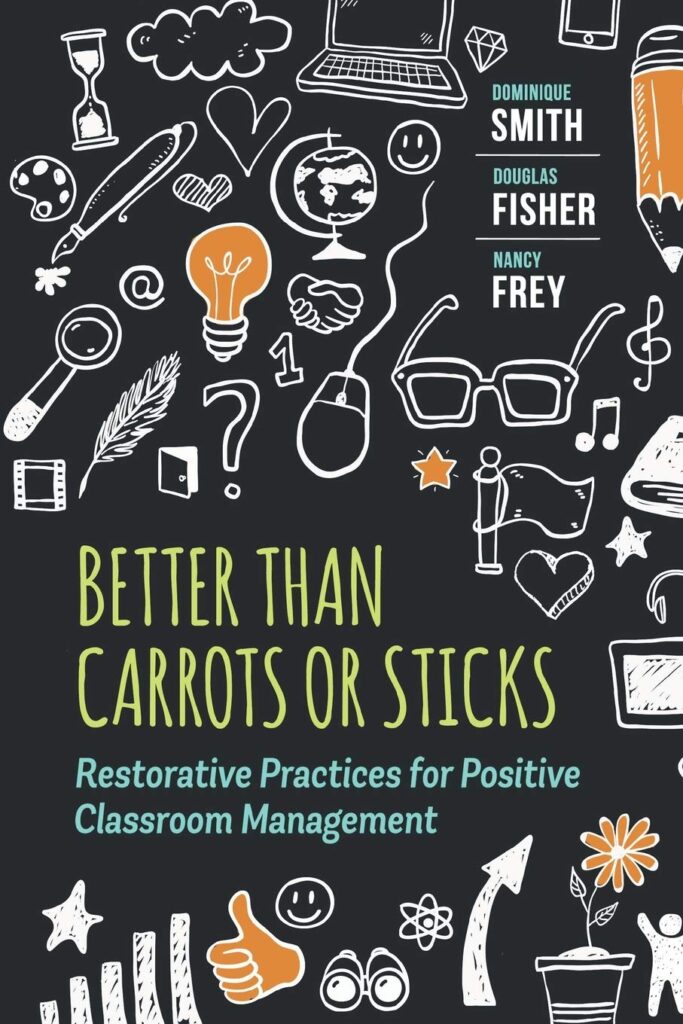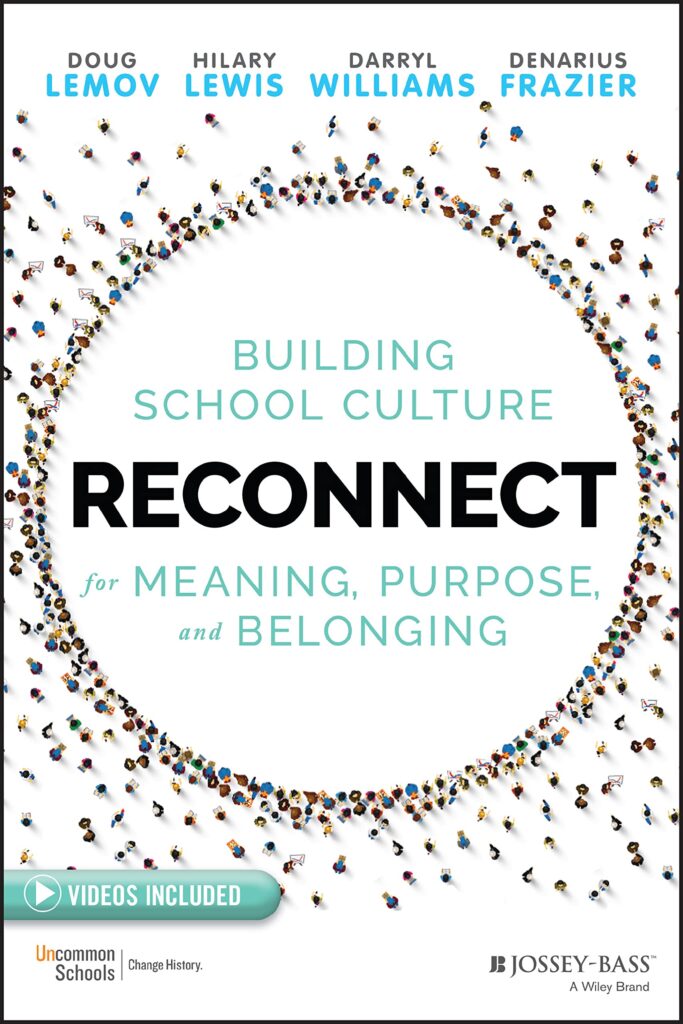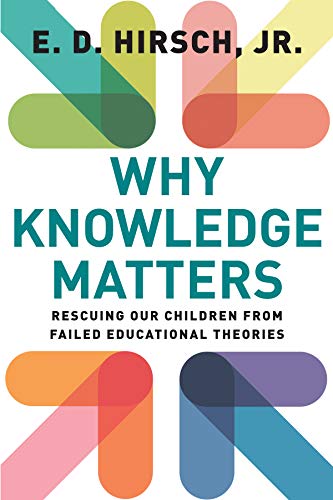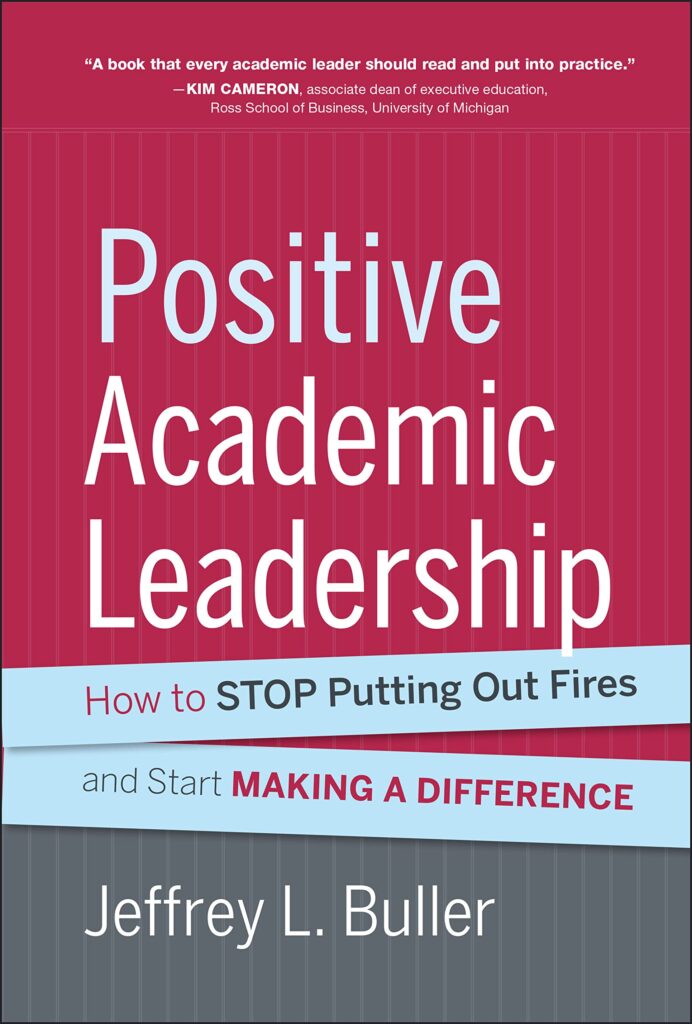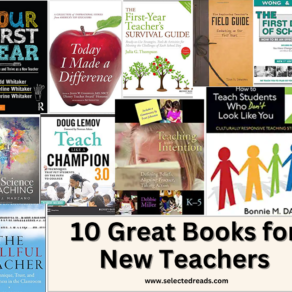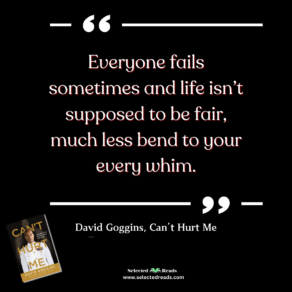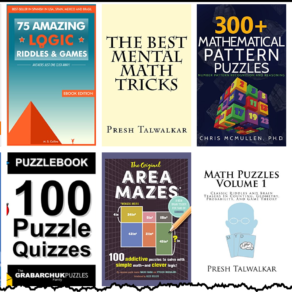As educators, we all know the importance of life-long learning. We know that the purpose is not the destination but the process. It is not only that our work demands this ongoing form of learning but we also love the act of learning in and of itself. That’s why we ended up educators anyway!
In this post, I share with my fellow educators a list of what I believe are some of the must read educator books. These resources will introduce you to (hopefully new) insights and provide you access to strategies and tools to assist you in becoming a better learner and teacher.
Educator Books
From books about building school culture to those about knowledge-based curriculum, these educator books are sure to enrich your knowledge and pedagogy with valuable insights that can further help you in your professional and personal growth.
1. Happy Teachers Change the World, by Thich Nhat Hanh, Katherine Weare
Happy Teachers Change the World is an invaluable resource for educators, administrators, counselors, and any other personnel working with young people. With its step-by-step techniques and inspirational stories, this book helps teachers and other educators establish a mindfulness practice that can be applied to their work with students.
The book shows how mindfulness can be implemented into the everyday world of schools and universities, from preschool to higher education. It also covers topics such as developing mindful awareness in the classroom, using mindfulness to reduce stress and anxiety in students, implementing mindful movement into teaching practices, and integrating different forms of mindfulness into curriculum.
2. Teach Like a Champion 3.0, by Doug Lemov
Teach Like a Champion 3.0 is an updated edition of Doug Lemov’s highly acclaimed book about the craft of teaching. This book provides teachers with the skills and knowledge to create a classroom environment that promotes student engagement, trust, respect, accountability and excellence.
It includes new and updated teaching techniques, evidence from cognitive science and culturally responsive teaching practices. The book also includes an introductory chapter on mental models to help guide teachers in their decision-making, a new chapter on lesson preparation, 10 new techniques, an expanded companion video collection and online resources.
3. How Children Succeed, by Paul Tough
In his New York Times bestseller How Children Succeed, author Paul Tough puts forth the idea that character, confidence, and curiosity are more important than academic results when it comes to a child’s future success. Using research from the field of psychology, Tough explains that these qualities are essential for children to live happy, fulfilled lives and reach their true potential.
Tough highlights the need for parents to focus on developing these traits in their children, and suggests ways that parents can work on building character and self-confidence in their kids. Through fascinating case studies of successful people, he shows how children can benefit from the development of these qualities and use them to overcome any obstacles they may face.
4. Culturally Responsive Teaching and The Brain, by Zaretta L. Hammond
In Culturally Responsive Teaching and The Brain, Hammond explains how to use the concept of of learning styles, brain-based strategies for activating and sustaining engagement, and culturally relevant teaching practices to create an environment that is both rigorous and empowering.
With classroom-tested tips, tools, case studies and practical strategies, this book provides the tools educators need to create a positive learning environment for culturally and linguistically diverse students.
Hammond introduces research-based guidelines that teachers can use to design lessons that challenge and engage their students, promote critical thinking and current understandings of learning, foster self-reflection and responsibility, build relationships, and engage in meaningful dialogue. This accessible guide offers an essential resource for teachers of culturally and linguistically diverse students who want to get the most out of their classroom instruction.
5. Make It Stick: The Science of Successful Learning, by Peter C. Brown, Henry L. Roediger III, Mark A. McDaniel
Make It Stick is a must-read for anyone looking to make the most of their learning. It helps readers understand and apply cognitive psychology principles to be more effective learners. The authors explain the importance of memory and how different study habits can help or hinder learning progress.
They emphasize the importance of self-testing, introducing certain difficulties in practice, waiting to re-study new material until a little forgetting has set in, and interleaving the practice of one skill or topic with another. Make It Stick is an essential resource for anyone striving to make the most of their learning.
6. I Wish My Teacher Knew: How One Question Can Change Everything for Our Kids, by Kyle Schwartz
In her book, I Wish My Teacher Knew, Kyle Schwartz recounts how she asked her students this simple sentence-completion question and was astonished by the powerful responses that she received. Through their answers, Schwartz found out about her student’s deepest worries and needs, from feeling unsafe in their homes to lacking confidence due to bullying.
Schwartz’s powerful story demonstrates the importance of listening to students and creating an open and supportive environment at school. By understanding their stories, teachers and parents can create meaningful relationships with their students and help them to overcome some of the struggles they face in their daily lives.
Related: 15 Great Professional Development Books for Teachers
7. Hacking School Discipline, by Nathan Maynard, Brad Weinstein
Hacking School Discipline by Nathan Maynard and Brad Weinstein is a book that provides you with a step-by-step process to help you revolutionize the way discipline is handled in your school. From developing clear rules and expectations to creating a safe environment for dialogue, this book will help you build a culture of trust and caring where everyone is respected and everyone feels valued.
8. Understanding By Design, by Grant Wiggins, Jay McTighe
Understanding By Design, by Grant Wiggins and Jay McTighe, is an instructional design framework for creating curriculum units for all grade levels and subject areas. This expanded second edition provides teachers with the tools, strategies, and resources to create rigorous and engaging curriculums based on the UbD framework.
Educators can use this book to learn how to frame the “big ideas” they want students to understand and develop essential questions that form the foundation of high-quality curriculum and assessment. In addition, teachers can gain insight into various instructional approaches that can be used to maximize student understanding and promote student engagement.
With this book, educators can create learning experiences that focus on improving student performance and make teaching more stimulating for both students and teachers.
9. Deep Work: Rules for Focused Success in a Distracted World, by Cal Newport
Deep Work: Rules for Focused Success in a Distracted World, by Cal Newport dives into the concept of “deep work” and how it can help professionals of all stripes achieve more in less time. Newport provides a mix of cultural criticism, actionable advice, and memorable stories to guide the reader through this important skill.
He suggests that deep work can help professionals become better at what they do, and provides practical strategies for finding the focus necessary to achieve success. Topics such as how to quit social media, finding the right environment for focus, and being mindful of distractions are all explored in this book. Readers will also find inspiring stories about how others have tackled and achieved success in their work through the power of deep work.
10. Teaching When the World Is on Fire, by Lisa Delpit
Teaching When the World Is on Fire by Lisa Delpit is a timely resource for teachers and administrators. It provides advice for teaching difficult topics like climate change, immigration and racism. The book is structured in a way that allows readers to choose which topics they want to focus on and provides information from experienced educators, principals and classroom teachers.
11. Atomic Habits: An Easy & Proven Way to Build Good Habits & Break Bad Ones, by James Clear
Atomic Habits, written by James Clear, is a comprehensive and easy-to-follow guide to developing good habits and breaking bad ones. It teaches practical strategies for habit formation and provides readers with real-life examples from Olympic gold medalists, award-winning artists, business leaders, and more. Clear’s proven system for habit formation can help anyone achieve their goals, from quitting smoking to reducing stress.
12. The Hidden Lives of Learners, by Graham Nuthall
The Hidden Lives of Learners, by Graham Nuthall, is a deep exploration into the unknown world of learning. Through meticulous recording techniques, such as pre and post-tests, audio, video and observations recordings, the author has documented what is involved for most students to learn and retain a concept.
The book provides a mix of quantitative and qualitative methods that can be used to improve the quality of education. This book is written for classroom teachers and teacher educators, but also for a much wider audience of those who want to gain an understanding of what happens in classrooms.
13. Let Your Light Shine: How Mindfulness Can Empower Children and Rebuild Communities, by Ali Smith, Atman Smith, Andres Gonzalez
Let Your Light Shine: How Mindfulness Can Empower Children and Rebuild Communities, by Ali Smith, Atman Smith, Andres Gonzalez, looks deeply at the impact of mindfulness on children and how it can help to improve their lives.
Through their work in Baltimore schools, they have seen firsthand how mindfulness can empower kids to develop resilience, empathy and a sense of purpose. This book will provide readers with hands-on tools to teach children mindfulness and to help them create a positive and more connected sense of self.
14. Surviving Teacher Burnout, by Amy L. Eva PhD
Surviving Teacher Burnout is a 52-week guide written by an educational director at the Greater Good Science Center for teachers to increase their resilience and foster greater well-being, confidence, and hope in the classroom. It includes research-based positive psychology strategies such as gratitude, optimism, mindfulness, forgiveness, empathic joy, self-compassion, purpose, and curiosity.
It also offers doable strategies to share with other educators to create more supportive systems and a sense of meaning, belonging, and connectedness for teachers and students. The guide is full of simple, low-lift activities and prompts that are designed to fit into busy schedules, so teachers can learn how to manage stress, trauma, and burnout while staying inspired.
15. Building Resilience in Children and Teens, by Kenneth R Ginsburg, Martha M Jablow
This book, written by bestselling author Dr. Kenneth Ginsburg, is a fully revised and updated fourth edition of his award-winning book Building Resilience in Children and Teens. It includes insights for parents and caregivers on how strength-based relationships are essential to healthy development, especially for children who have experienced trauma.
Dr. Ginsburg outlines the seven “Cs” – competence, confidence, connection, character, contribution, coping, and control – and provides detailed coping strategies to help children and teenagers deal with the pressures of academic expectations, media messages, peer pressure, and family tensions. The book is designed to help build resilience in children and teens, giving them the roots they need to thrive.
16. Better Than Carrots or Sticks, by Dominique Smith, Douglas Fisher, Nancy Frey
Better Than Carrots or Sticks is a book by Dominique Smith, Douglas Fisher and Nancy Frey which provides educators with a practical blueprint for creating a cooperative and supportive classroom climate.
The book explains how to establish procedures and expectations for student behavior that promote positive interpersonal skills, develop non confrontational rapport with challenging students, and how to implement conflict resolution strategies that focus on relationship building and mutual understanding. Overall, the book is designed to help teachers maintain an enriching and constructive classroom environment where students can thrive.
17. Reconnect: Building School Culture for Meaning, Purpose, and Belonging, by Doug Lemov, Hilary Lewis, Darryl Williams, Denarius Frazier
Reconnect: Building School Culture is a book that provides practical advice and guidance for educators who are looking to foster a sense of connection within their students. The book offers strategies to counteract the increasing isolation students have experienced due to remote learning, as well as guidance on how to create a safe and supportive environment that allows students to thrive and build positive relationships with their peers.
18. Why Knowledge Matters: Rescuing Our Children from Failed Educational Theories, by E. D. Hirsch
In Why Knowledge Matters Hirsch argues that a knowledge-based curriculum is essential in helping children achieve lifelong success in their education. He shows the damaging effects of recent educational change in the United States, which has adopted an approach based on incorrect assumptions about child development and learning. He also examines international education systems, including France’s, which have seen success with a knowledge-based approach.
Hirsch makes clear the importance of revising education policies and curricula to align better with current research in neuroscience, developmental psychology and social science. His book provides an in-depth discussion of six prominent issues confronting education reforms today, including standardized testing and the achievement gap between demographic groups.
19. Positive Academic Leadership, by Jeffrey L. Buller
In Positive Academic Leadership, Jeffrey Buller provides leaders with practical tools, language and tactics for building a more effective approach to their roles. Drawing on the latest research from neuroscience, psychology, management and other fields, Buller explains how leaders can change their perspectives and strategies in order to become better coaches, counselors and conductors for faculty, staff and students.
20.Troublemakers: Lessons in Freedom from Young Children at School, by Carla Shalaby
In Troublemakers: Lessons in Freedom from Young Children at School, Carla Shalaby, a former elementary school teacher, explores the everyday lives of four young “troublemakers.” These children challenge the ways we identify and understand so-called problem children.
Time and again, we make seemingly endless efforts to moderate, punish, and even medicate our children when we should instead be concerned with transforming the very nature of our institutions, systems, and structures, large and small.
Through delicately crafted portraits of these memorable children—Zora, Lucas, Sean, and Marcus—Troublemakers allows us to see school through the eyes of those who know firsthand what it means to be labelled a problem.
Final thoughts
Whether it’s cultivating mindfulness in the classroom, embracing the complexities of cultural responsiveness, or navigating the intricacies of discipline with empathy and understanding, these educator books offer a treasure trove of knowledge waiting to be unearthed.
Reflecting on my own journey in education, from the classroom to educational research, and now, sharing my insights and discoveries through my blogs, I see these resources not just as books but as companions on our shared path of lifelong learning. They challenge us to look deeper, question harder, and strive for a more impactful, meaningful connection with our students and with the essence of teaching itself.



